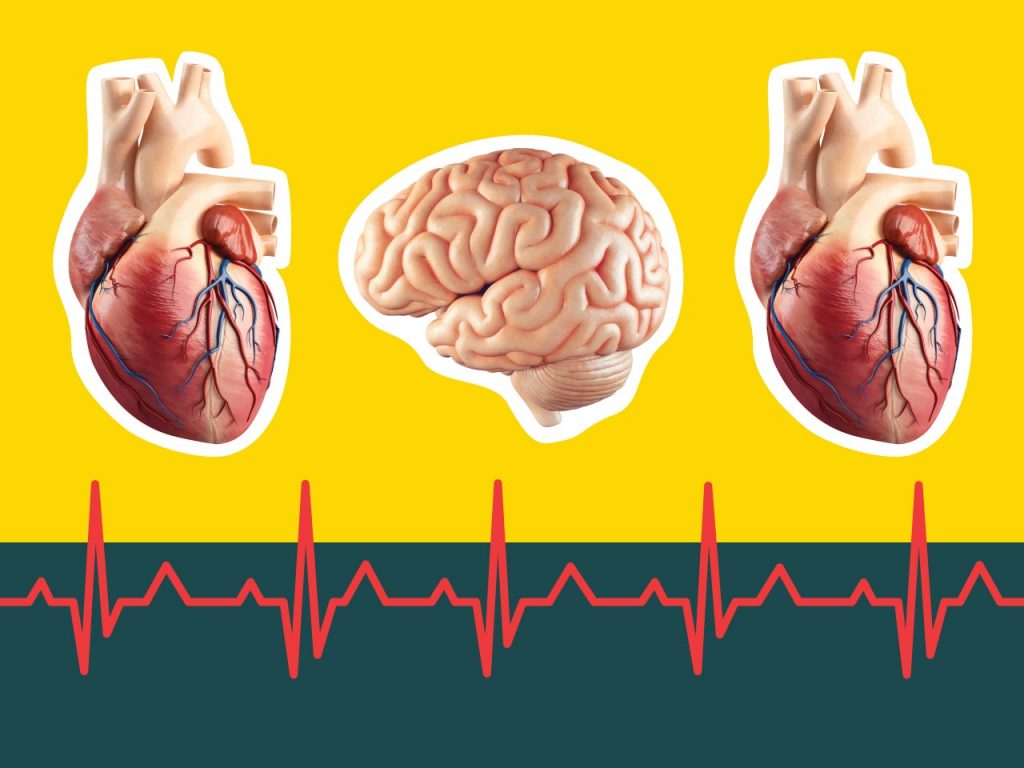Nov 3rd 2025
Prevent Heart Attacks and Strokes by Lowering Your Oxidized LDL

If you’re someone who thinks you don’t have to worry about getting a heart attack because your cholesterol levels are within the desired range, think again. Half of those who’ve had a heart attack had exemplary cholesterol levels at the time!
A much more meaningful number to be aware of and to control is your level of oxidized LDL cholesterol, and a new test can tell you that all-important number.
LDL (low-density lipoprotein), sometimes referred to as the “bad” cholesterol, can’t cause heart attacks or strokes unless it becomes oxidized. While doctors have been measuring LDL for a long time, it’s only been recently that a test that measures oxidized LDL has become widely available.
Chemically, oxidation occurs when an electron is stolen from a molecule by a “pro-oxidant.” Oxidation can become quite damaging in our bodies if it isn’t balanced by the presence of compounds called “antioxidants,” which supply missing electrons and protect molecules from becoming oxidized.
Oxidation of LDL is the first step in forming artery-clogging atherosclerotic plaque. If you can prevent LDL from becoming oxidized, you can prevent almost all heart attacks and most strokes.
According to Dr. Frank Shallenberger, MD, author of the Second Opinion newsletter, doctors have known that oxidized LDL is the ultimate cause of plaque for the last 20 years, but until recently a commercially available lab test that accurately measures oxidized LDL hasn’t been available.
But that’s all changed! Several commercial laboratories, including LabCorp, now offer oxidized LDL blood tests.
What levels of oxidized LDL should you aim for? Dr. Shallenberger advises that a safe level is less than 60 u/L. Another important measurement is your ratio between oxidized LDL and HDL cholesterol, which he says should be less than 30.
Remember, your LDL number alone doesn’t mean that much. It can be low, but if your oxidized LDL is elevated, you’re at risk. Alternatively, your LDL number may be high, but if your oxidized LDL is low, you’re fine.
The good news is that if your level of oxidized LDL is too high, you can get it down without toxic medications! You can do it by:
- Reducing your exposure to oxidizing factors: diets high in sugar, supermarket oils, and overcooked and processed foods; pollutants like cigarette smoke, pesticides, industrial chemicals, Wi-Fi and other forms of radiation; obesity; excessive alcohol intake and stress.
- Raising the number of antioxidants in your body by eating diets high in fruits and vegetables (produce, especially organic, is high in antioxidants) and by taking antioxidant supplements. Vitamin C and vitamin E are fundamental antioxidants, but a wide array of different antioxidant supplements is best since different antioxidants do different things.
Imagine your heart and arteries becoming more and more youthful with the years instead of increasingly clogged with plaque! Being able to measure our oxidized LDL gives us more control over this risk factor than we’ve ever had before! In our next two Newsclips, we’ll tell you about high antioxidant foods to include in your diet and the many antioxidant supplement options available from Beyond Health.
 Fuel your life with the purest vitamins
Fuel your life with the purest vitamins